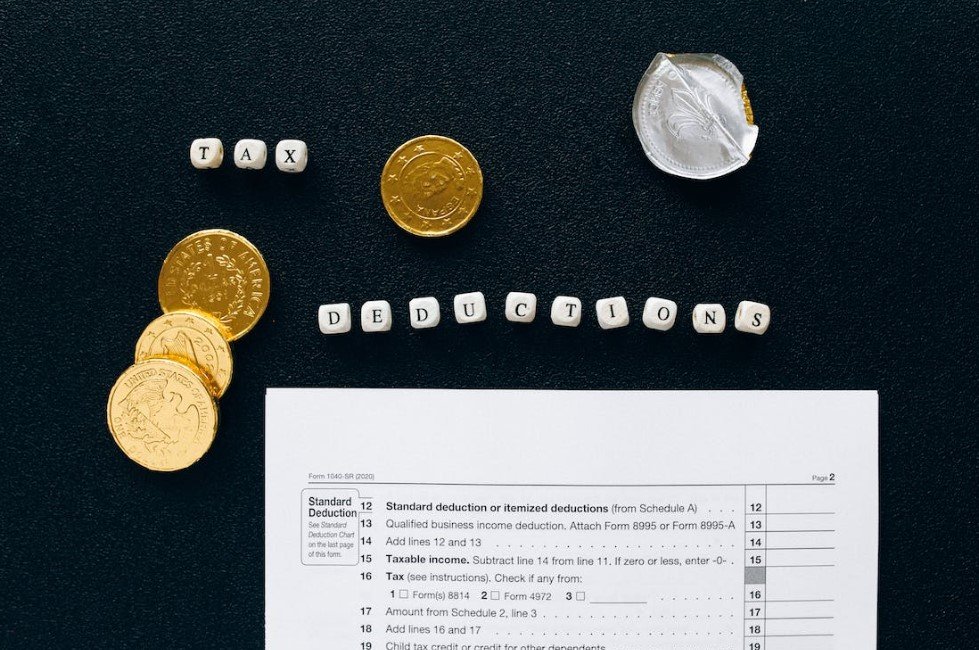Just like the changing seasons, tax laws and regulations evolve throughout the year. It’s crucial to understand how to maximize your tax benefits in every season. By strategically planning your taxes, you can take advantage of deductions, credits, and exemptions to reduce your tax liability and keep more of your hard-earned money. From evaluating your income and expenses to making charitable donations and reviewing your investment portfolios, this year-round guide will help you make the most of your finances and minimize your tax burden. Let’s investigate the world of tax planning together.
Key Takeaways:
- Tax planning is crucial: Understanding tax laws, taking advantage of tax benefits, and making informed decisions throughout the year can help you maximize your tax benefits and reduce your tax liability.
- Quarterly tax planning: Break down your tax planning efforts into quarterly periods to ensure you stay on track with deadlines, evaluate your financial situation, adjust estimated tax payments, and take advantage of tax-saving opportunities.
- Review and update withholding allowances: Regularly review and update your withholding allowances to avoid overpaying or underpaying taxes, taking into account any life changes that may impact your tax situation.
- Utilize tax-free savings opportunities: Take advantage of tax-free savings options such as retirement accounts, health savings accounts, and college savings accounts to maximize your tax benefits.
- Utilize year-end tax strategies: Implement year-end tax strategies like tax-loss harvesting to reduce your overall tax burden and ensure you take full advantage of all available tax deductions and credits.
Tax Planning Strategies for Each Season
First Quarter (January to March)
First quarter of the year is a crucial time for tax planning. During this period, you should review your finances, evaluate your income, deductions, and credits to determine your tax liability. Make sure to also review your withholding allowances to ensure you are receiving the right amount back. Additionally, don’t forget to file your taxes from the previous year and double-check for any missed deductions or credits.
Second Quarter (April to June)
In the second quarter, it is imperative to file your taxes by the deadline to avoid penalties. Evaluate your estimated tax payments, make adjustments if necessary, and assess any capital gains or losses. Review and adjust quarterly tax estimates to ensure accurate payments. It’s crucial to report capital gains and losses correctly to avoid penalties and accurately calculate your tax liability for the year.
Reaching the second quarter of the year, you’ve navigated through the first set of tax deadlines and into the peak of tax-filing season. Now is the time to take a closer look at your estimated tax payments, ensuring they are up-to-date and accurate. Reviewing income and expenses is equally crucial to identify potential deductions or credits available to you.

Third Quarter (July to September)
During the third quarter, you should check in on your estimated tax payments and review your income and expenses to identify potential deductions or credits. Consider any tax-free savings opportunities and look into back-to-school expenses that may be eligible for a tax credit. Take advantage of any available tax-free savings vehicles and research additional credits or deductions for back-to-school expenses.
By the third quarter, it’s time to review your estimated tax payments to avoid any potential fees or penalties. Remember to consider any applicable deductions or credits by assessing your income and expenses. Take advantage of tax-free savings opportunities and explore potential credits or deductions for back-to-school expenses.
Fourth Quarter (October to December)
During the fourth quarter, focus on tax planning by assessing your current tax liabilities, evaluating potential tax-saving strategies, and making necessary adjustments to take full advantage of available deductions and credits. Plan for the upcoming year’s taxes by estimating your income and deductions and reviewing relevant tax laws. Assess your financial goals, make adjustments as needed, and review your investment portfolios to align with your objectives.
As you head into the final quarter of the year, it’s time to dive deep into tax planning. Assess your tax liabilities, evaluate tax-saving strategies, and make adjustments to maximize your deductions and credits. Plan ahead for the next tax year, reviewing your financial goals and investment portfolios to ensure they are in line with your objectives.
Summing Up
Engage in tax planning year-round to maximize benefits, minimize liability. Stay informed, review finances, use tax-saving strategies to make most of money. Assess income, expenses, investments, donations for impact on financial well-being. Tax planning is ongoing process, not just at tax-filing season. By actively planning throughout the year, set yourself up for financial success. Implement strategies in this guide to secure stronger financial footing.
FAQ
Q: Why is tax planning important?
A: Tax planning is important because it helps individuals maximize their tax benefits, reduce their tax liability, and make informed financial decisions throughout the year.
Q: What should individuals do during the first quarter for tax planning?
A: During the first quarter, individuals should review their finances, file taxes for the previous year, contribute to retirement accounts, make charitable donations, and update their withholding allowances.
Q: What should individuals focus on during the second quarter for tax planning?
A: During the second quarter, individuals should focus on filing taxes by the deadline, evaluating estimated tax payments, reviewing and adjusting quarterly tax estimates, and assessing capital gains and losses.
Q: What are some tax planning tips for the third quarter?
A: Some tax planning tips for the third quarter include checking in on estimated tax payments, reviewing income and expenses, taking advantage of tax-free savings opportunities, and considering back-to-school expenses and credits.
Q: What should individuals do during the fourth quarter for tax planning?
A: During the fourth quarter, individuals should focus on planning for the upcoming year’s taxes, assessing financial goals and making adjustments, reviewing investment portfolios, and utilizing year-end tax strategies such as tax-loss harvesting to reduce overall tax burden.















